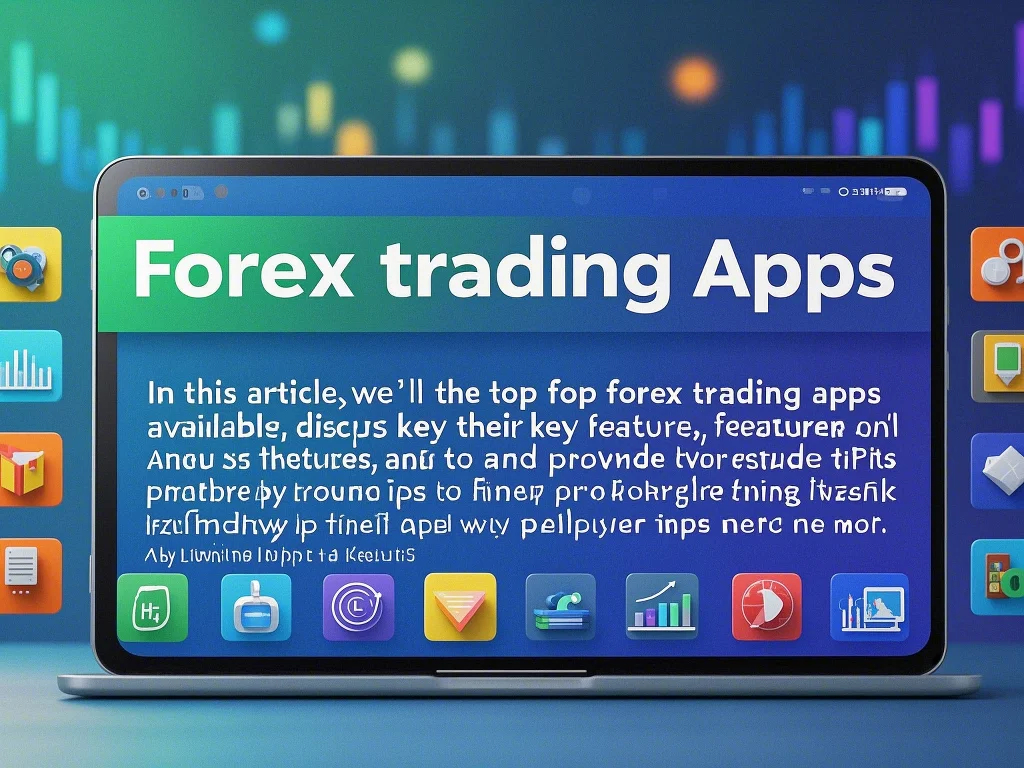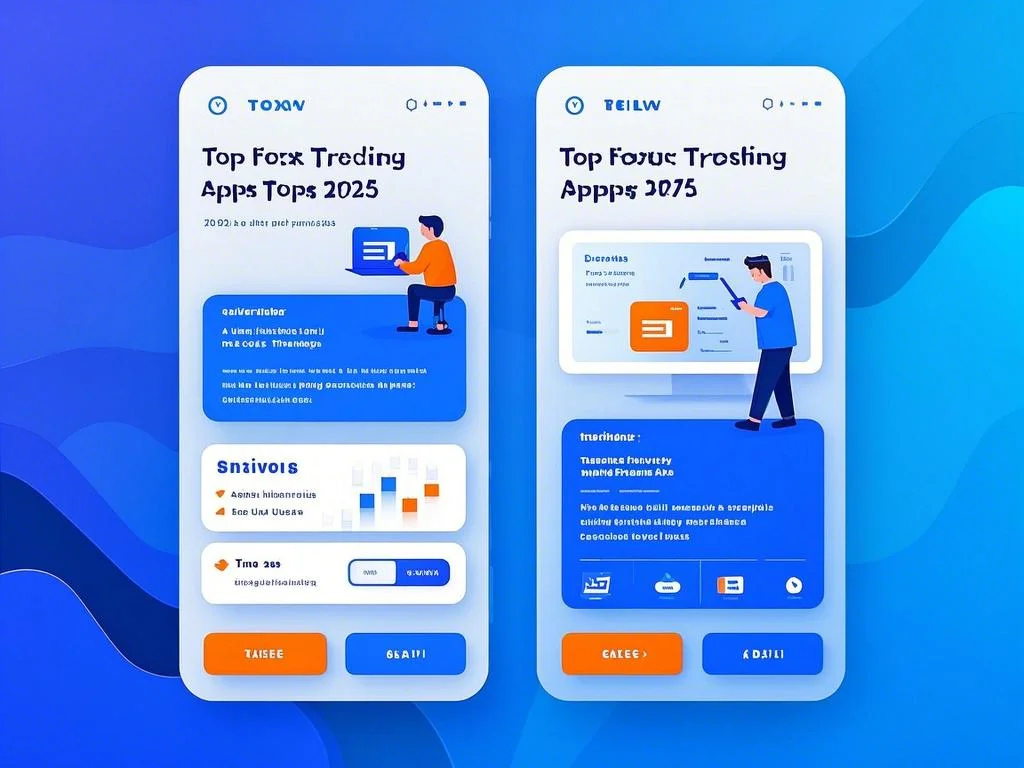Crude oil is one of the most traded commodities in the world, and its price movements offer significant opportunities for traders. While many investors associate oil trading with futures contracts or physical barrels, it’s also possible to invest in crude oil through forex trading. By trading oil as a forex instrument, you can take advantage of price fluctuations without the complexities of physical delivery or futures contracts. In this article, we’ll explore how to invest in crude oil with forex trading strategies, discuss key factors that influence oil prices, and provide tips to help you succeed in this dynamic market.
Why Trade Crude Oil in the Forex Market?
Crude oil is a highly liquid and volatile commodity, making it an attractive option for traders seeking short-term profit opportunities. In the forex market, crude oil is typically traded as a CFD (contract for difference), which allows you to speculate on price movements without owning the underlying asset. This means you can trade oil without worrying about storage, delivery, or expiration dates associated with futures contracts.
One of the key advantages of trading crude oil in the forex market is the ability to use leverage. Leverage allows you to control a larger position with a smaller amount of capital, amplifying both potential profits and losses. However, it’s important to use leverage cautiously, as it also increases your risk exposure. Additionally, the forex market operates 24 hours a day, five days a week, providing ample opportunities to trade oil based on global market conditions.
Understanding Crude Oil Pricing
Crude oil prices are influenced by a variety of factors, including supply and demand dynamics, geopolitical events, and economic data. The two most commonly traded types of crude oil are Brent Crude and West Texas Intermediate (WTI). Brent Crude is sourced from the North Sea and is used as a benchmark for global oil prices, while WTI is sourced from the United States and is often used as a benchmark for U.S. oil prices.
In the forex market, crude oil is typically quoted in U.S. dollars per barrel. For example, if the price of Brent Crude is $80 per barrel, it means that one barrel of Brent Crude costs $80. These prices fluctuate throughout the trading day based on market conditions, creating opportunities for traders to profit from price movements.

Key Factors Influencing Crude Oil Prices
To trade crude oil successfully, it’s essential to understand the factors that influence its price. Here are some of the most important ones:
Supply and Demand
Supply and demand are the primary drivers of crude oil prices. When supply exceeds demand, prices tend to fall, and when demand exceeds supply, prices tend to rise. Factors that can affect supply and demand include production levels, inventory data, and global economic growth. For example, if OPEC (Organization of the Petroleum Exporting Countries) decides to cut production, it can reduce supply and drive up prices.
Geopolitical Events
Geopolitical events, such as wars, sanctions, and political instability, can have a significant impact on crude oil prices. For example, tensions in the Middle East, a major oil-producing region, can disrupt supply and lead to price spikes. Similarly, sanctions on oil-producing countries like Iran or Venezuela can reduce global supply and drive up prices.
Economic Data
Economic data, such as GDP growth, employment figures, and inflation rates, can also influence crude oil prices. For example, strong economic growth in major economies like the U.S. or China can increase demand for oil, driving up prices. Conversely, weak economic data can reduce demand and lead to lower prices.
How to Trade Crude Oil in the Forex Market
Trading crude oil in the forex market involves several steps. Here’s a guide to help you get started:
Choose a Reliable Broker
To trade crude oil in the forex market, you’ll need to open an account with a broker that offers oil CFDs. Look for a broker that is regulated by a reputable authority, such as the U.S. Commodity Futures Trading Commission (CFTC) or the UK Financial Conduct Authority (FCA). A reliable broker will provide a secure trading environment, competitive spreads, and access to the tools and resources you need to succeed.
Additionally, consider the broker’s trading platform and execution speed. Since crude oil prices can be highly volatile, it’s important to have a platform that offers fast and reliable execution. Many brokers also offer mobile trading apps, allowing you to trade and monitor your positions from anywhere.
Analyze the Market
Successful trading of crude oil requires a solid understanding of the factors that influence its price. Use tools like forex market analysis and economic calendars to stay informed about supply and demand dynamics, geopolitical events, and economic data. By staying informed, you can anticipate price movements and make informed trading decisions.
Develop a Trading Strategy
There are several strategies you can use to trade crude oil in the forex market. Here are some of the most popular ones:
Trend Following
Trend following is a strategy that involves identifying and following the prevailing trend in the market. For example, if the price of crude oil is in an uptrend, you might buy oil and hold the position until the trend reverses. This strategy works well in markets with strong, sustained trends and can be applied to both short-term and long-term trading.
Breakout Trading
Breakout trading involves identifying key levels of support and resistance and entering trades when the price breaks through these levels. For example, if the price of crude oil has been trading within a narrow range and then breaks above a resistance level, you might buy oil in anticipation of further price increases.
Scalping
Scalping is a short-term trading strategy that involves making multiple trades throughout the day to capture small price movements. This strategy requires quick decision-making and a deep understanding of technical analysis. Scalping can be highly profitable but also carries significant risks, so it’s important to use proper risk management.
Risk Management in Crude Oil Trading
Risk management is crucial when trading crude oil, as the market’s volatility can lead to significant losses if not managed properly. Here are some key risk management practices to follow:
Use Stop-Loss Orders
A stop-loss order automatically closes your trade when the price reaches a predetermined level, limiting your losses if the market moves against you. This tool is essential for managing risk and protecting your capital.
Manage Your Position Size
Position sizing refers to the amount of capital you allocate to each trade. A common rule of thumb is to risk no more than 1-2% of your trading capital on a single trade. This ensures that even a series of losing trades won’t significantly impact your account balance.
Diversify Your Portfolio
Diversification is a risk management strategy that involves spreading your investments across different assets, such as currencies, commodities, and stocks. By diversifying your portfolio, you can reduce your exposure to any single asset or market event.
Final Thoughts
Trading crude oil in the forex market offers exciting opportunities for profit, but it requires a solid understanding of the market and effective risk management. By staying informed about oil price forecasts and using proven forex trading strategies, you can navigate the complexities of the oil market and achieve your financial goals. Whether you’re a beginner or an experienced trader, the key to success lies in continuous learning and disciplined trading.
With the right approach, you can turn crude oil trading into a rewarding and fulfilling endeavor. By combining technical analysis, fundamental analysis, and sound risk management, you can maximize your profits and minimize your risks in the dynamic world of currency trading.
